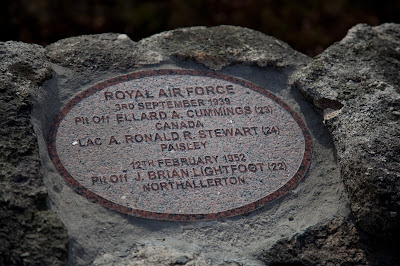ARICULTURAL PROSPERITY IN ABERDEENSHIRE - by Duncan Harley
Agricultural
prosperity in Aberdeenshire owes much to the improvements in communication and
transport brought about both by the Aberdeenshire Canal in the early 19th Century
and the arrival of the railways in around 1850.
For the first time, key agricultural inputs such as guano and the euphemistically named ‘night soil’ or inner city dung collected from population centres could be ploughed into the land.
Movement of goods was key. And in 1793 a survey was commissioned to map a route for a proposed Don and Urie-side Canal. The original thought had been to follow the courses of the rivers Don and Urie to link Insch and Monymusk with Inverurie and Aberdeen Harbour.
There was even a suggestion that the water-network might include the settlements of Aboyne and Banchory. However, due to cost implications, a less ambitious route linking Inverurie to Aberdeen roughly along the line of the River Don was adopted.
Officially opened in June 1805, the waterway featured 17 canal locks. There were several aqueducts and some 50 bridges crossed the canal at points along the route.
Modern-day travellers heading into Aberdeen on the A96 are probably unaware of the archaeology lying right alongside the carriageway at locations such as at Woodside where the course of the original waterway is clearly visible.
Relics such as this half-mile marker in the garden of Bridgend House at Kintore, marked the route and provided a means of levying carriage charges.
For the first time, key agricultural inputs such as guano and the euphemistically named ‘night soil’ or inner city dung collected from population centres could be ploughed into the land.
Movement of goods was key. And in 1793 a survey was commissioned to map a route for a proposed Don and Urie-side Canal. The original thought had been to follow the courses of the rivers Don and Urie to link Insch and Monymusk with Inverurie and Aberdeen Harbour.
There was even a suggestion that the water-network might include the settlements of Aboyne and Banchory. However, due to cost implications, a less ambitious route linking Inverurie to Aberdeen roughly along the line of the River Don was adopted.
Officially opened in June 1805, the waterway featured 17 canal locks. There were several aqueducts and some 50 bridges crossed the canal at points along the route.
Modern-day travellers heading into Aberdeen on the A96 are probably unaware of the archaeology lying right alongside the carriageway at locations such as at Woodside where the course of the original waterway is clearly visible.
Relics such as this half-mile marker in the garden of Bridgend House at Kintore, marked the route and provided a means of levying carriage charges.
Duncan Harley is author of two books about Aberdeenshire.
Both titles, The Little History of Aberdeenshire and The A-Z of Curious
Aberdeenshire, are available from Amazon.











Comments
Post a Comment